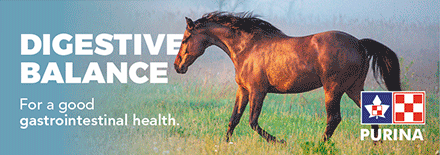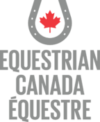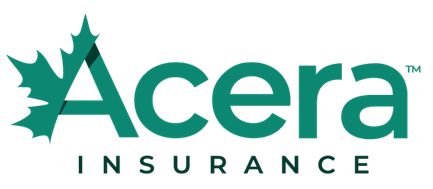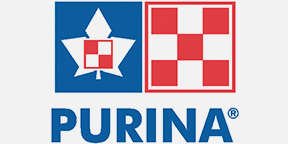By: Kalina Rutledge, BBRM Equine, Marc-Andre Blouin, B.Sc.
When you think of a healthy horse one of the first things that comes to mind is a shiny coat. Not just any shiny coat, that gleaming shiny coat that radiates utmost health. This is why the market for equine grooming products loves products that promise a gleaming coat. Good, basic nutrition will of course be reflected on the outside. There are ways to enhance a horse’s health, enabling you to ditch that spray bottle of shine product.
You have probably heard of feeding flaxseed and possibly different theories of how it needs to be fed in order to optimize its nutrition. So why is flaxseed that good for your horse? Flaxseed is high in omega 3 fatty acids. This is an essential fatty acid, meaning that it cannot be made in the body and must be ingested. Omega 3 fatty acids have gotten a lot of hype lately. There are three types of omega 3 fatty acids; alpha linolenic acid (ALA), eicosapentaenoic acid (ELA) and docosahexaenoic acid (DHA). ALA and ELA are both precursors of DHA. Humans can most efficiently use DHA. We are poor converters of ELA and ALA, therefore we need to take in DHA in order to get the full benefits of omega 3 fatty acids. Studies suggest that horses are much more efficient converters and therefore are able to utilize ALA and convert it into DHA. This is ideal because DHA only comes in things like fish oil and horses, being herbivores, evolved consuming strictly vegetable sources for their omega 3 fatty acids. Flaxseed is by far the best vegetable source for omega 3 fatty acids. It comes in the form of ALA, which will not work as well for humans but is perfect for your horse who is able to convert it.
The reason why omega 3 fatty acids are so popular is for their overall health effects. They enhance cell viability, nervous system, immunity, anti-inflammatory response and of course that shiny coat. You also may have heard of omega 6 fatty acids as well. This is also an essential fatty acid but is more easily attained, found is many cereal grains and the oils obtained from them, such as sunflower, corn and soybean. Omega 6 promotes inflammatory responses, which are not as desirable as anti-inflammatory responses, however is still a necessary part of the healing process. This means that your horse’s diet needs to always be balanced for its omega 6:3 ratio. This ratio does not have to be exact but studies have shown that anything less than 10:1 of omega 6:3 will show results. To put things into perspective, pasture is a 2:1 to 3:1 ratio. At Purina, we add flax to our feeds to achieve a 5:1 ratio of omega 6:3.
Flax is a simple addition to any feed program to ensure that you are getting that properly balanced ratio of omega 6:3. The key to remember with flax is that it either needs to be fed ground or boiled. Both procedures are to make sure that the very strong hull on the seed is broken in order for your horse to be able to digest it properly and get your money’s worth. Flax can be purchased pre-ground or you can use a coffee grinder to grind it right before you feed it to ensure freshness. If you purchase your flax pre-ground, it is important to look for cold-pressed flax. This means that the flax was ground in a cold condition, which ensures the antioxidants within the flax are not broken down and therefore able to preserve the omega 3 fatty acids for up to 6 months. Otherwise the fatty acids in the flax will go rancid much quicker.
The other aspect to consider with flax is the amount you feed. A lot of people tend to want to feed 1 or 2 tbsp. Let’s be serious, a human will use that much flax baking whole grain bread. A 1,000-lb horse is going to need a lot more than that! Basically you can’t really go wrong with adding a cup of ground flax per day to your horse’s feed. At Purina we have a wide selection of feeds that already have flax added at a 5:1 omega 6 to omega 3 ratio, but keep in mind that is if you are feeding the recommended amount for your horse.
The final thing to remember with flax is that it is for overall health and because of that the results will likely take six months to one year to be able to fully see. The benefits of the omega 3 fatty acids have to penetrate every cell in the body in order to get the full anti-inflammatory, immune, cell and nervous system health. This is not a quick process, so it is important to be patient and remember you are feeding for the future and for your horse’s health down the road. However once you get there, it will be easy to be the one showing off your shiny, healthy horse, literally gleaming from the inside out. People will likely even ask you which grooming products you used to cheat for that look, but you know the real secret.
Have a question you need answered or a subject you’d like to see covered? Email Kalina Rutledge at Kalinar@agribrands.ca










